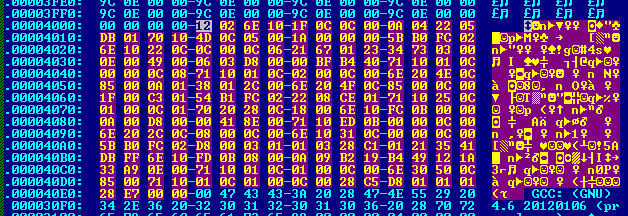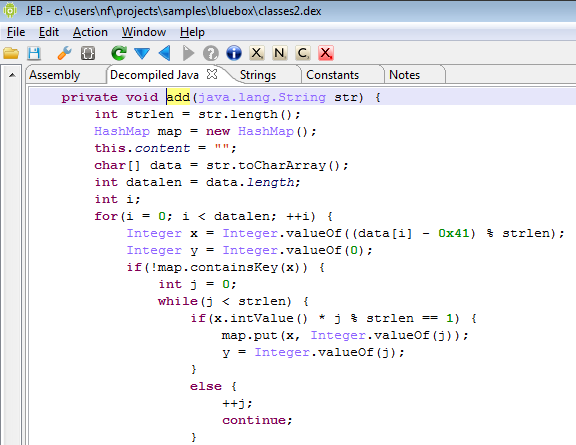The implementation of this Android malware is strong and clean. Nothing really innovative though.
Here’s a short summary:
- Masquerades as a German certificate installer app. The fake login/pin is used to uniquely identify the phone (on top of the phone number and IMEI.)
- Achieves SMS interception, most likely to break 2-factor authentication. There are 3 modes of operation: do nothing, intercept and proceed, intercept and cancel SMS broadcast.
- Multiple command-and-control servers. Two hard-coded domains are hxxp://app-smartsystem.(com|net)/sms/d_m009.php
- The C&C urls can be updated, either by contacting the existing the existing C&C, or via SMS sent by the master. Such SMS contain the string “&Sign28tepXXX”.
- The communication with the C&C is encrypted using AES-ECB, with the static key “0523850789a8cfed”. The server also base64-encodes its payloads. (The client does not.)
- The malware will try to start at boot time (BOOT_COMPLETED receiver), and also registers a 15-minute timer to query the server for updated C&C urls.
The APK was run through a name obfuscator. I’m attaching the sources decompiled using JEB 1.1, and with most of the refactoring/renaming/commenting work done. For JEB users, here is the JDB file. Enjoy.
Sample MD5: 1cf41bdc0fdd409774eb755031a6f49d



















